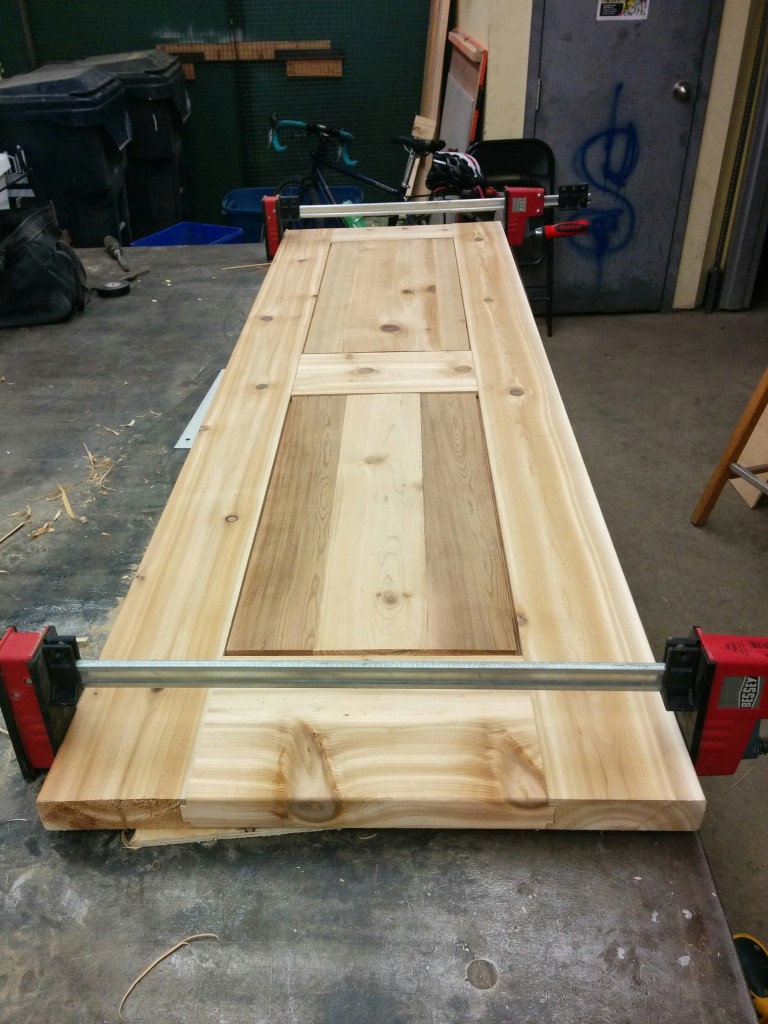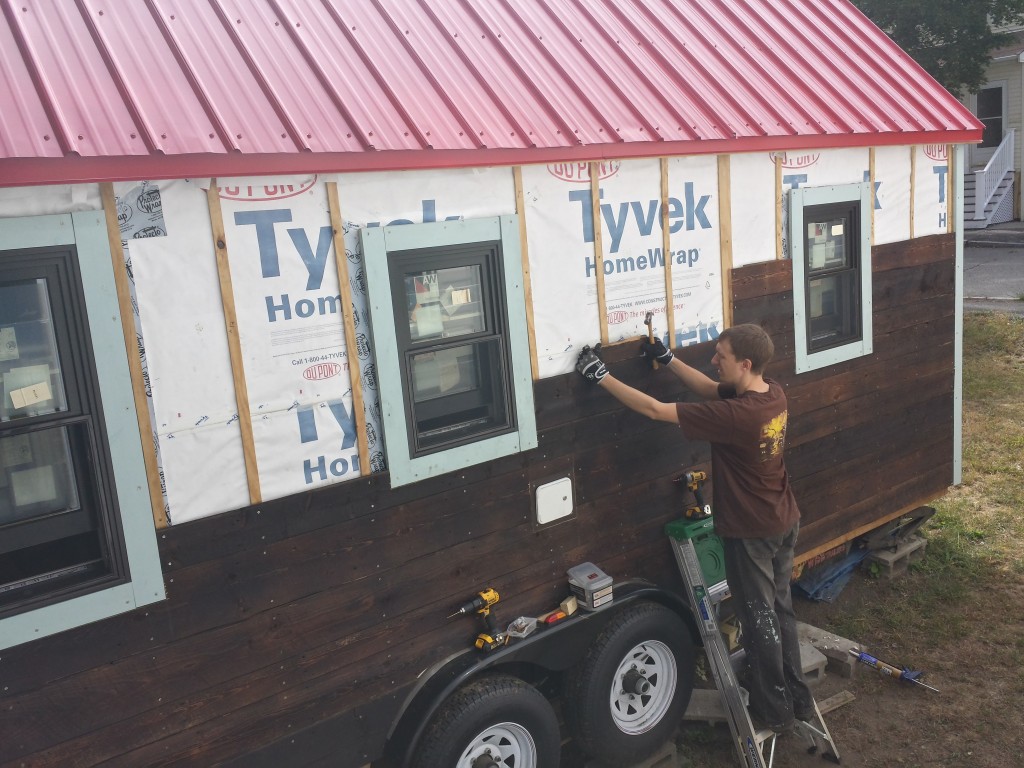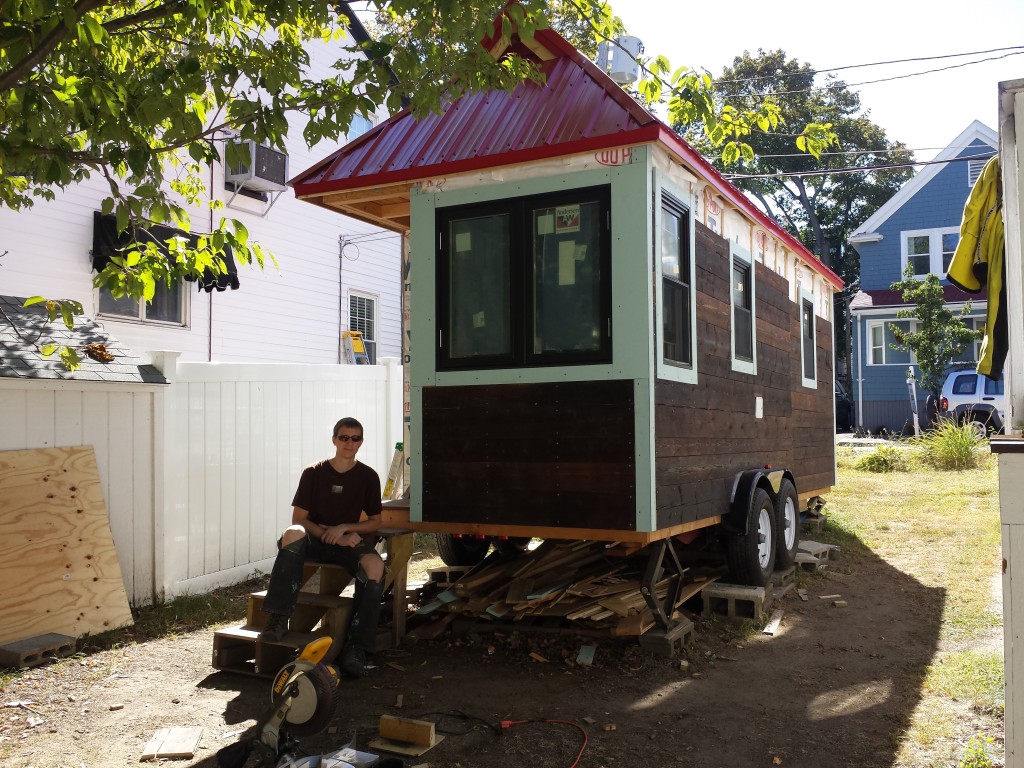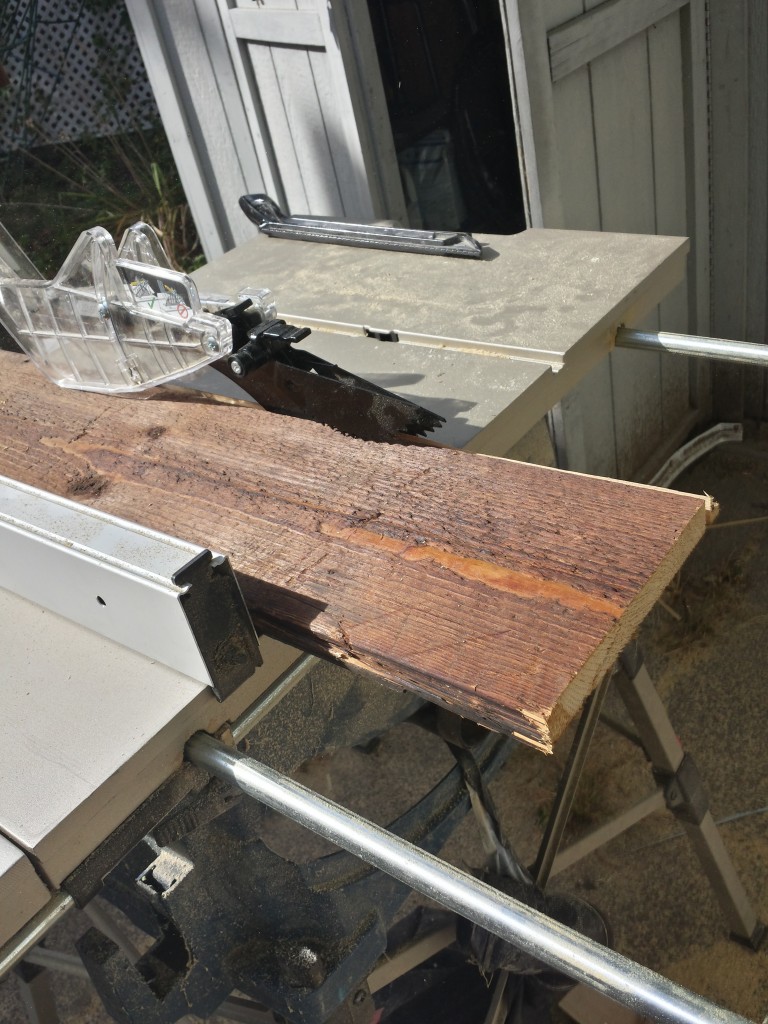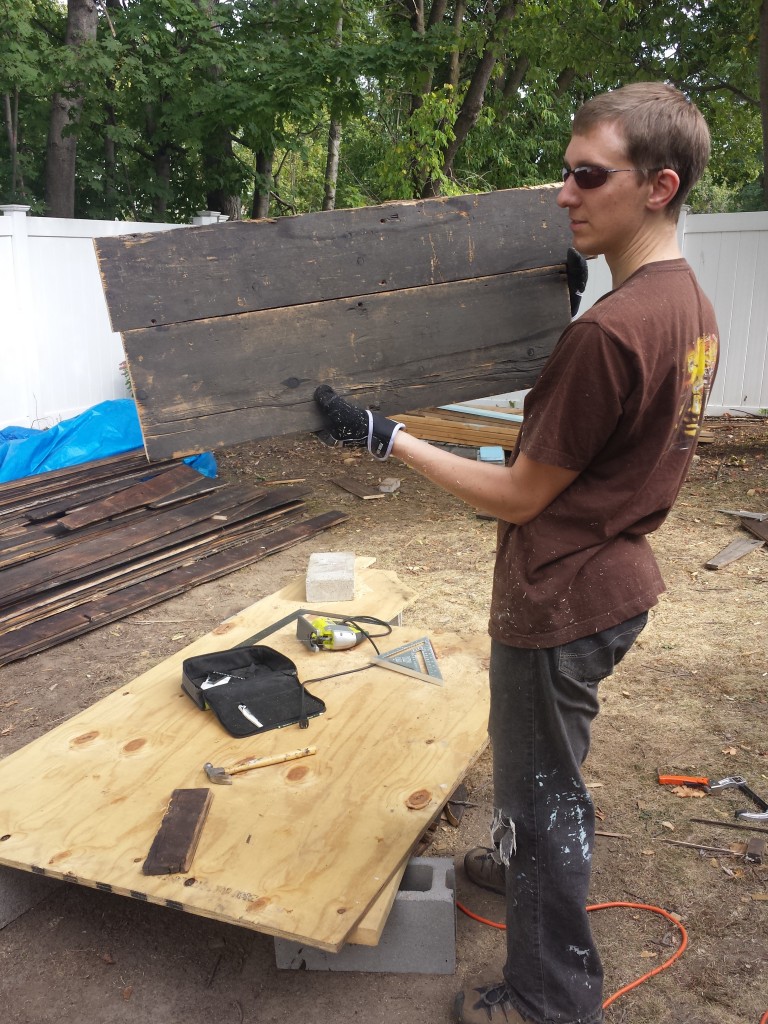While we’ve been working on the siding, I’ve also been thinking the next stage of construction, which is roughing in the electrical system. I did a lot of research and made a big shopping list for electrical equipment, but I was starting to get overwhelmed and wasn’t sure I was making the right choices. Char and I discussed it and we decided it’d be best to hire someone to rough in the electrical for us.
A mutual friend of ours introduced us to Alex Suzzi, a Licensed Electrician and Industrial Technician with 10 years experience, and after learning about the project he was excited to look at a tiny house and see how he could help ((If you’re interested in contacting Alex, you can reach him at alexsuzzi@gmail.com)). We showed him around and he immediately had tons of great ideas and suggestions for wiring tricks, like using low-voltage LED lighting and battery-less remote light switches. It’s a big relief to be able to put this task into someone else’s capable hands.
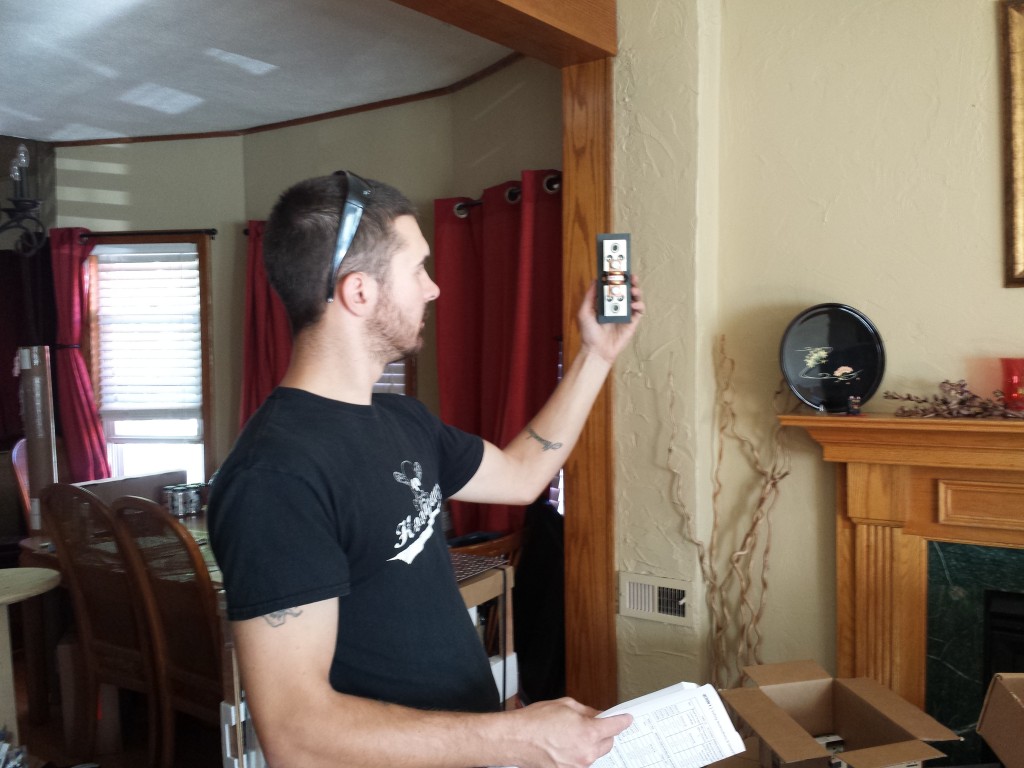
One other item we didn’t want to make ourselves is the front door. Tiny house front doors are critical and rarely a standard size, so it’s best to have a professional artisan do the carpentry. Char found Marc, who is crafting our door in the frigid land of Canada. Our door is going to be extra special, but I’m not going to give away what I mean by that just yet. For now, here is a shot Marc sent us of the door in progress.
